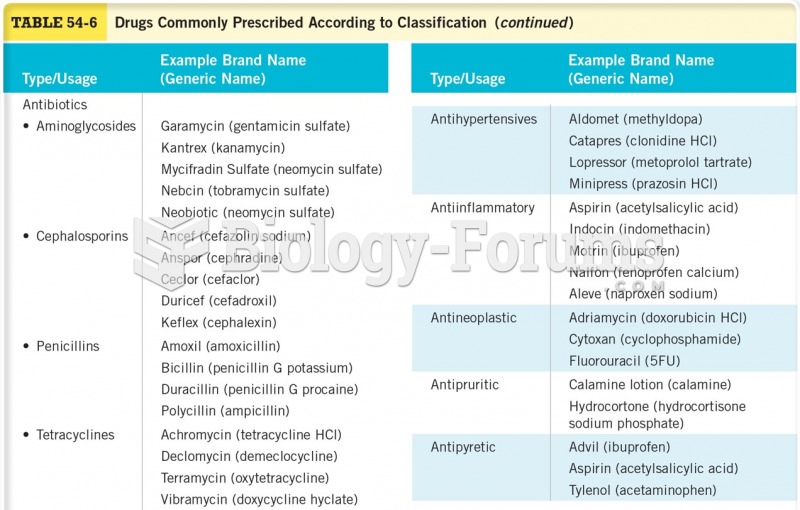Answer to Question 1
Correct Answer: 3
Rationale 1: Joint pain is not associated with nicotinic acid therapy.
Rationale 2: There is no pharmacodynamic interaction between nicotinic acid and aspirin.
Rationale 3: One aspirin tablet administered 30 minutes before a dose of niacin might minimize the frequent side effect of flushing associated with niacin.
Rationale 4: Flushing associated with nicotinic acid involves peripheral vasculature, not vasculature in the brain.
Global Rationale: One aspirin tablet administered 30 minutes before a dose of niacin might minimize the frequent side effect of flushing associated with niacin. Joint pain is not associated with nicotinic acid therapy. There is no pharmacodynamic interaction between nicotinic acid and aspirin. Flushing associated with nicotinic acid involves peripheral vasculature, not vasculature in the brain.
Answer to Question 2
Correct Answer: 2
Rationale 1: The drug may be taken without regard to meals.
Rationale 2: Avorstatin is a pregnancy category X drug, and should be avoided by women of childbearing age who might become pregnant.
Rationale 3: Avorstatin (Lipitor) can significantly increase serum digoxin levels. Clients taking avorstatin (Lipitor) might need to decrease their dose of digoxin and should have digoxin levels monitored frequently.
Rationale 4: Because cholesterol synthesis increases at night, drugs to treat lipid disorders are more effective if taken at bedtime rather than in the morning.
Global Rationale: Avorstatin is a pregnancy category X drug, and should be avoided by women of childbearing age who might become pregnant. The drug may be taken without regard to meals. Avorstatin (Lipitor) can significantly increase serum digoxin levels. Clients taking avorstatin (Lipitor) might need to decrease their dose of digoxin and should have digoxin levels monitored frequently. Because cholesterol synthesis increases at night, drugs to treat lipid disorders are more effective if taken at bedtime rather than in the morning.







